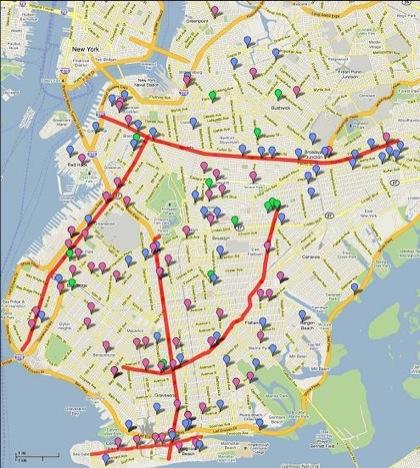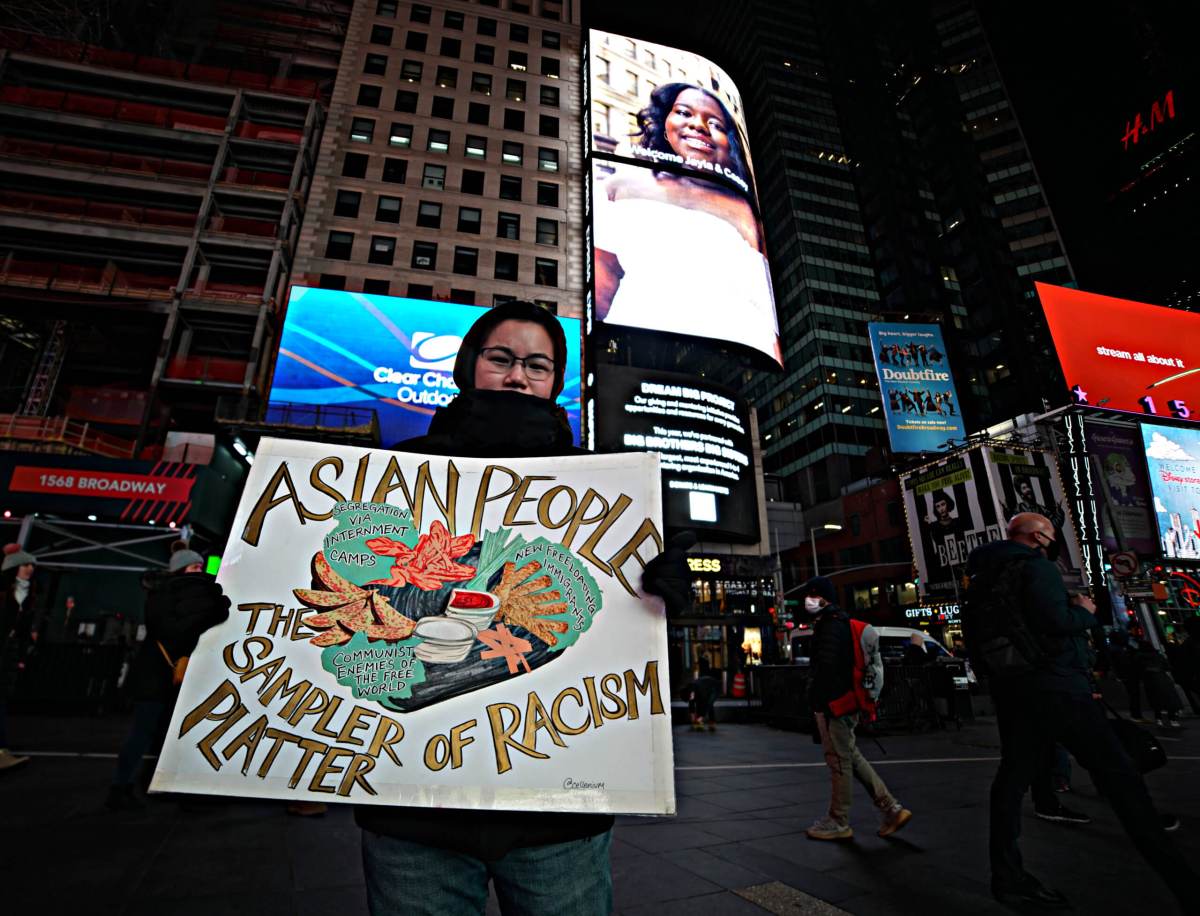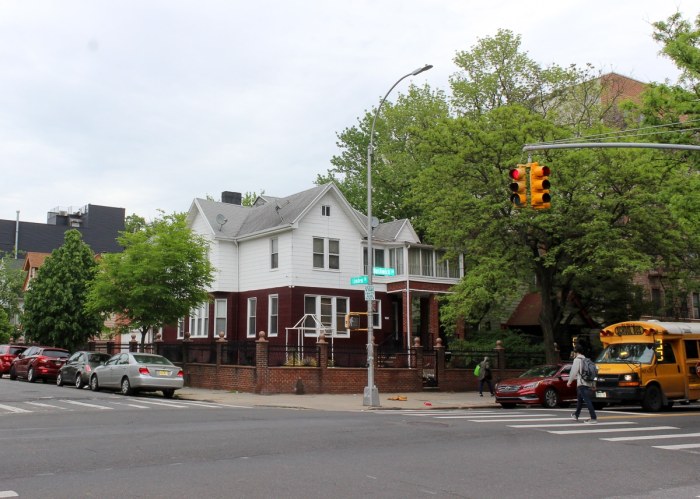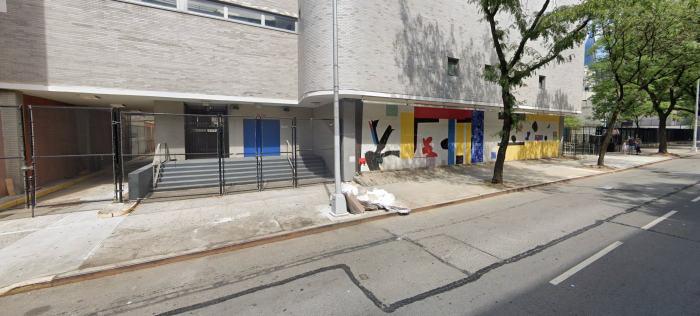Bustling Fourth Avenue, home to many restaurants and shops in Bay Ridge, has been deemed among the most dangerous for pedestrians in the tri-state region, according to a recent report.
The report, covering the years 2006-08, released by the Tri-State Transportation Campaign, found the thoroughfare, which is also a local truck route from Atlantic Avenue to 39th Street, was tied for 17th with six pedestrian deaths.
This includes three deaths in 2006, two in 2007 and one in 2008. One of the deaths was on 4th Avenue in South Park Slope and three were in Sunset Park.
Two of the deaths occurred in Bay Ridge, including a 73-year-old male who was struck by a car Fourth Avenue and 86th Street in December 2007, and a 64-year-old female who was killed on Fourth Avenue and 92nd Street in January 2006.
Not counted in the study was a Bay Ridge dentist who was killed on Fourth Avenue last month.
Officials said that 58-year-old Harry Lewner was paces away from his dental practice at 9 p.m. on December 17 when he crossed Fourth Avenue near 79th Street and was struck by a passing Kia.
The force of the impact sent him stumbling into a second vehicle, which also hit him, officials said.
The driver of the second vehicle remained at the scene as the Kia sped off into the night.
About 90 minutes later the driver of the Kia, identified as 21-year-old Karrissa McFaline of Bristol, Connecticut surrendered to cops in the 7th Precinct in Manhattan. She claimed that she knew she hit something, but didn’t realize she had hit a person until someone had told her about the accident.
Cops charged McFaline with leaving the scene of an accident. No charges were filed against the second driver.
Former City Council member and current State Sen. Marty Golden, who represents the area, said both Third and Fourth Avenue in Bay Ridge are fast moving and major thoroughfares, particularly during morning and evening rush hours for drivers going to and from Staten Island and Manhattan.
The lights are sequenced and motorists sometimes go 50 or 60 miles per hour, said Golden.
Golden said that he thinks the lights should remain sequenced to keep traffic moving, but the timing could be adjusted a little, and other traffic calming measures such as more pedestrian islands could be instituted.
“The best calming is issuing summonses, which I think works because nobody likes speeding tickets,” said Golden.
Golden noted Bay Ridge has one of the largest concentrations of senior citizens in the city and it is often difficult for speeding motorists to stop in time, when a slower walking senior citizen crosses the street.
The study does not take into account a 2009 Bloomberg initiative called the Safe Streets for Seniors program, in which improvements have been made at several of the high pedestrian death areas.
“Traffic fatalities are at their lowest levels in the city’s history, but we remain vigilant about enhancing safety and are expanding our efforts to make our streets even safer for everyone,” said DOT spokesperson Scott Gastel.
“Through programs targeting seniors and schoolchildren, DOT has undertaken the largest traffic-calming initiatives in the nation to target our most vulnerable pedestrians,” he added.

















